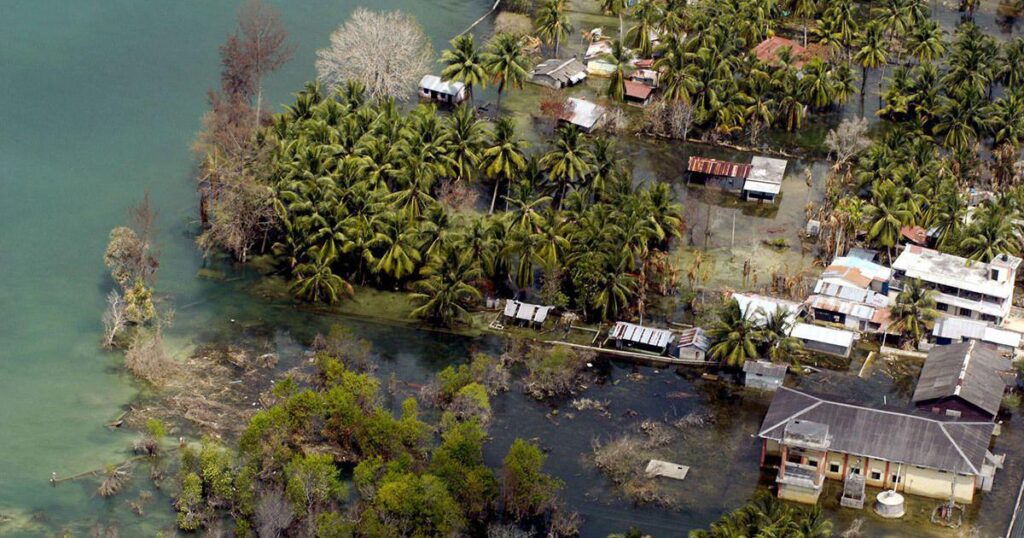Andaman and Nicobar Islands
WELCOME TO Andaman and Nicobar Islands
Territory Overview
Port Blair
8,249 km2
380,500
Hindi

Popular
Geography and Tourist Attractions
Information about the state's tourist attractions, including popular destinations, events, and activities.

Havelock Island

Cellular Jail

Ross Island
Political
Economy and Government
The economy of the Andaman and Nicobar Islands, a union territory in India, is primarily driven by tourism, agriculture, and fishing. Tourism plays a significant role in the region's economy, with visitors attracted to the islands' natural beauty, pristine beaches, and diverse marine life. The territory also promotes eco-tourism, emphasizing sustainable practices to preserve the fragile ecosystems.
Agriculture contributes to the local economy, with the cultivation of coconuts, paddy, fruits, and spices. The islands are known for their rich biodiversity and are home to unique flora and fauna.
The government of the Andaman and Nicobar Islands functions under the administration of the Lieutenant Governor, who represents the President of India. The territory has its own legislative assembly called the Andaman and Nicobar Islands Legislative Assembly, responsible for local governance and decision-making.
The administration focuses on sustainable development, promoting infrastructure projects, improving connectivity, and preserving the natural environment. The government also supports initiatives to uplift the indigenous tribes residing in the islands and preserve their cultural heritage.
Efforts are being made to enhance connectivity, promote investment opportunities, and develop sustainable tourism practices, contributing to the economic growth and overall development of the Andaman and Nicobar Islands.

History
History and Culture
The history and culture of the Andaman and Nicobar Islands, a union territory in India, are rich and diverse. The islands have a unique historical background and are home to indigenous tribes with their distinct cultures.
The islands have witnessed the presence of various civilizations, including the indigenous tribes, the Chola dynasty, and the British colonial rule. The Cellular Jail in Port Blair stands as a stark reminder of the freedom struggle, where many Indian freedom fighters were imprisoned.
The indigenous tribes, such as the Great Andamanese, Jarawa, Sentinelese, and others, have inhabited the islands for thousands of years, preserving their traditional way of life and cultural practices. Their art, music, dance, and craftsmanship showcase their deep connection with nature and their ancestral heritage.
The islands also have a blend of diverse cultures, influenced by the settlers from mainland India, including Bengali, Tamil, Malayali, and others. Festivals like Diwali, Pongal, and Eid are celebrated with great enthusiasm, reflecting the multicultural fabric of the territory.
The Andaman and Nicobar Islands also boast a rich marine biodiversity, and their underwater archaeological sites are of historical importance. The territory's museums and cultural centers offer insights into the history, cultural heritage, and traditions of the islands.
Preservation of the indigenous tribes, promoting sustainable tourism, and maintaining the delicate balance between development and ecological conservation are key aspects of the territory's cultural and historical significance.
HOTELS

Taj Exotica Resort & Spa, Andamans

Barefoot at Havelock

SeaShell, Havelock
RESTAURANTS

Anju Coco Resto

New Lighthouse Restaurant

